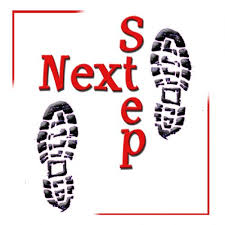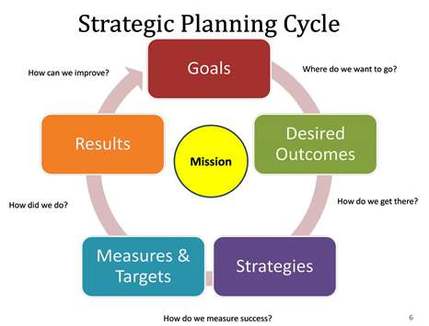
The last few articles before Thanksgiving reviewed the concepts that planning is not optional and that placing priorities on your goals can distinguish needs from wants and how they incorporate into long-term strategic planning for your family business. Let’s now explore the basics for long-term strategic planning.
(Select the "Read More" link below.)
- Vision – where do you want to be in in 3, 5, 10 years. What do you aspire to?
- Mission – how do achieve your vision, what do you do, who are your customers, why do you exist
- Core Values – what are the beliefs and philosophies guiding your business
- Value Plate – understanding your operating structure. Your primary and supporting activities – inputs, operations, marketing/sales, any service, firm infrastructure, available resources, technology, etc.
- SWOT analysis – strengths, weaknesses, opportunities and threats facing the family business
- Goals – what are the measurable things to accomplish in the next several years
- Performance – how do we measure success
- Strategies and Initiatives – what are the action plans to meet these goals, understanding our SWOT, sticking to our core values, to achieve our vision
- Implementation, monitor, review and revise
- Understanding your current position – financial assessment and structure
- Understanding your history – financial trends, recent successes and failures
- Where do you want to go – short-term and long-term goals
- What might prevent you from getting to where you want to go
- What strategies will you use to get you from where you are today to where you want to go
The next hurdle then becomes a way for you to blend your annual operating planning process with your strategic, long-term planning. In other words, determine annually “what” you do and how it is impacted by “how” and “why” you do it.



 RSS Feed
RSS Feed
